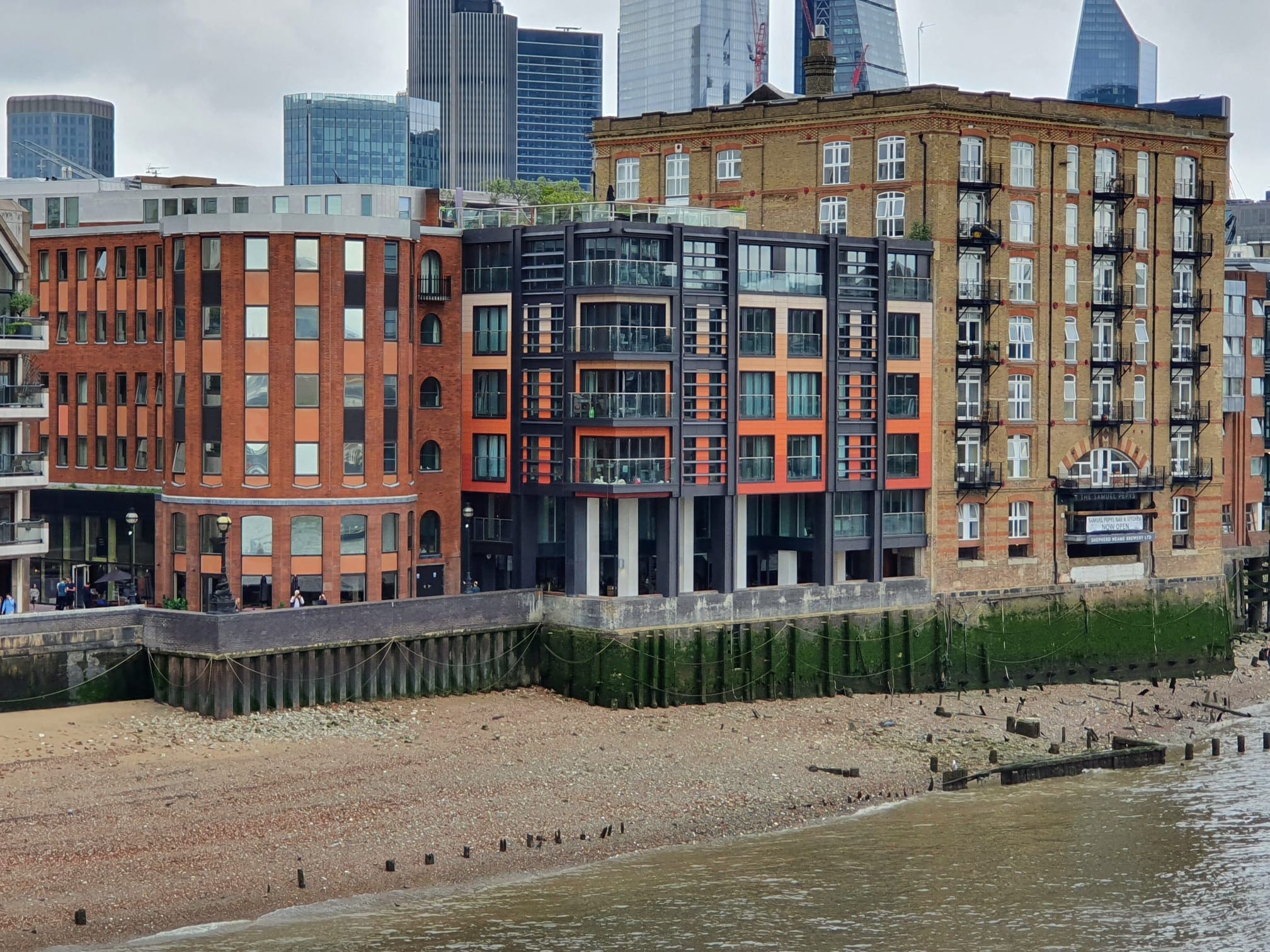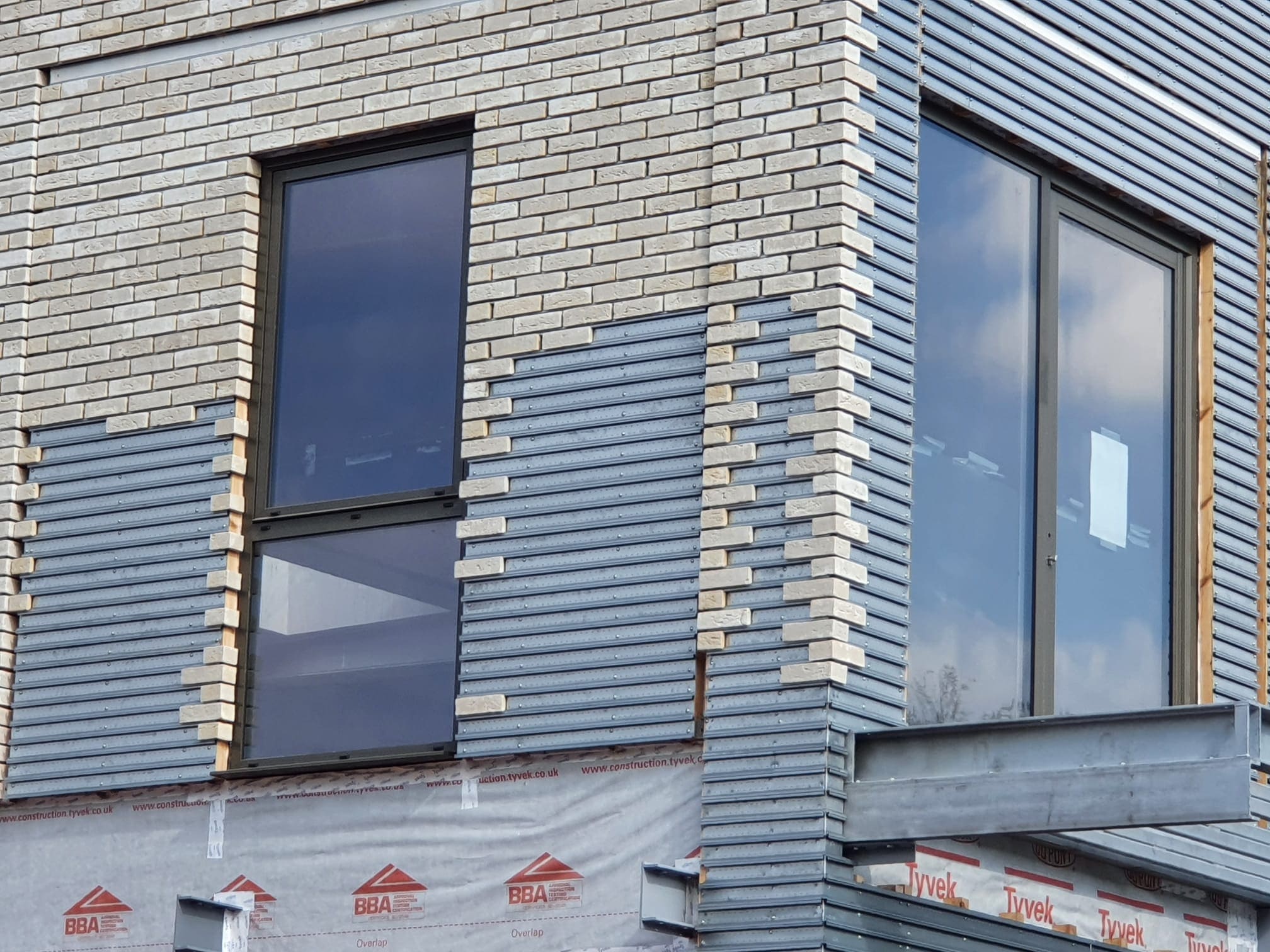13/03/2023
by: React News

The Coming Divide: How ESG and Remote Work are Reshaping the Office and Residential Markets
The remote work revolution colliding with a rising tide of ESG requirements has seen a polarisation in the office market, as investors shun assets at the slightest risk of obsolescence. Given the ever-growing weight of capital looking to enter the living sectors, fears of a similar bifurcation taking place in the residential market have yet to be fully articulated. However, just over the horizon lies a major risk that may kick-start the first wave of stranded assets in the residential sector and act as a wake-up call to the industry that for all the excitement that surrounds alternative real estate, there are still potential pitfalls to contend with.
The Fire Safety Act
The fire safety act came into force in January, which means residential buildings are now subject to intense safety criteria. Regular inspections for cladding, doors, balconies, insulation, and other common parts are required to ensure they are meeting new standards. Failure to comply could cause penalties, reports to the Fire Service and/or Local Authority, court orders, fines, and, in extreme cases, forfeiture.
To prove the next political risk is just around the corner, London mayor Sadiq Khan last week ordered that all planning applications for residential buildings over 30m higher than the 18m requested by fire chiefs - must now include a second staircase. The move follows the Government's decision at the back end of last year to consult on a national plan to force developers to provide second staircases in all new housing blocks above 30m. As greater awareness of fire safety legislation permeates through the public, expect consumers to also vote with their feet. Buildings that do not burnish the highest fire safety credentials will suffer from reduced occupancy levels.
The twin dynamics of fire safety and ESG considerations
Converging looks set to trigger a likely correction in the living sectors above and beyond the cyclical fall in values we are currently witnessing thanks to repeated interest rate hikes by central banks in a bid to tame soaring inflation. The challenge to residential investors is clear: upgrade your buildings or see income and values take a hit.
As with the office market, it is older generation stock that is most vulnerable to obsolescence, given their poorer environmental performance and the greater likelihood their design and build are less in line with modern fire and building safety standards. There is a wider performance angle here: first-generation build-to-rent schemes, for example, were typically converted build-to-sell stock whose design was not optimized for long-term investment and operational hold. With a wave of shiny, purpose-built schemes in the pipeline, earlier developments - however pioneering - would be rapidly losing their sheen even without the dual threats of tightening fire safety and ESG requirements.
Fundamentally, stranded assets will need to be priced at a level that generates opportunities for investors willing to invest in sustainability-focused retrofits or fire safety upgrades, with fire safety discounts sitting in the same camp as the brown discount. Ultimately, this is less about driving a premium than protecting values from a downward slide.
Accurately calculating these new values is another problem the industry must grapple with, as the small number of remedial projects that have been successfully carried out means a shortage of comprehensive data around the cost of typical works and a blurrier valuation process.
To compound problems, any discounts are likely to need to be greater than they were around a year ago, given surging construction costs and a tumultuous debt market. This downward pressure is greater in locations outside of the UK's core cities, where values may not quite stack up to allow conversion into another use. One way to sidestep a lot of these issues would be to allow for easier demolition of older stock, but with the growing focus on embodied carbon, this seems unlikely.
The question as ever is to what extent the government is likely to foot the bill, as well as the extent to which some wealthy property portfolio owners can hide behind SPVs. Given the importance of home and the fact these financial pressures are in part being driven by legislative action, there is a clear case for socializing the cost. Yet a renewed era of fiscal austerity after the spending-fuelled years of Covid seems on us. The industry must rise to the challenge.
Addressing the ESG and Fire Safety Challenges in Residential Real Estate
As the regulatory landscape surrounding fire safety and ESG (Environmental, Social, and Governance) standards continues to evolve, residential real estate faces a critical inflection point. The need for modernization in older buildings is evident, particularly with stricter fire safety protocols and rising demands for energy-efficient designs. Buildings that fail to meet these expectations will likely suffer from reduced tenant interest, lower occupancy rates, and diminished asset values. Investors must consider comprehensive retrofitting strategies, upgrading fire safety features, and adopting energy-efficient technologies to future-proof their portfolios and preserve long-term value. This dual pressure—fire safety and ESG compliance—makes now the time to act, not only to meet legislative requirements but to remain competitive in an increasingly conscientious market.
Stranded Assets in Residential Real Estate: Opportunities for Investors
Despite the looming threat of stranded assets in residential real estate, these challenges also present unique opportunities for investors. As buildings that fail to meet fire safety and ESG criteria become less desirable, they will be priced at a discount, offering investment opportunities for those willing to undertake the necessary upgrades. With fire safety and sustainability retrofits becoming a priority, these discounted properties could present value-enhancing opportunities, particularly in regions where demand for housing remains strong. Investors with the resources to implement these improvements can benefit from increasing rents, enhanced asset value, and the added advantage of being ahead of regulatory deadlines.
The Role of Government and Fiscal Pressures in Residential Asset Management
With the surge in construction costs and the challenge of securing funding amidst a volatile debt market, government intervention will be a key factor in determining how the residential real estate sector navigates its current predicament. The question remains whether the government will help offset some of the costs associated with retrofitting older buildings to meet new fire safety and ESG standards. With fiscal austerity looming in the wake of pandemic-related spending, this presents a significant challenge. However, the growing need for social housing and the political implications of neglected building safety mean that the government may find it necessary to step in. For property owners, especially those with significant portfolios, understanding how to manage this balancing act between regulatory compliance, fiscal responsibility, and market pressures will be critical to success in the coming years.
With the surge in construction costs and the challenge of securing funding amidst a volatile debt market, government intervention will be a key factor in determining how the residential real estate sector navigates its current predicament. The question remains whether the government will help offset some of the costs associated with retrofitting older buildings to meet new fire safety and ESG standards. With fiscal austerity looming in the wake of pandemic-related spending, this presents a significant challenge. However, the growing need for social housing and the political implications of neglected building safety mean that the government may find it necessary to step in. For property owners, especially those with significant portfolios, understanding how to manage this balancing act between regulatory compliance, fiscal responsibility, and market pressures will be critical to success in the coming years.
reactnews.com
 1970
1970












Keep up to date
(Weekly, fortnightly or monthly)
To find out more what we do with your data, please read our Privacy Policy

 0
0













